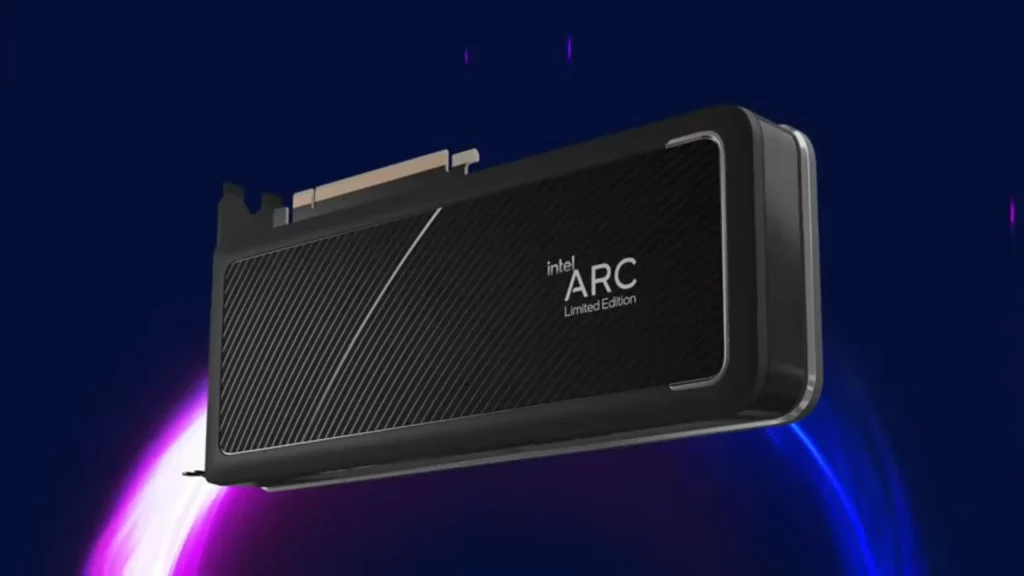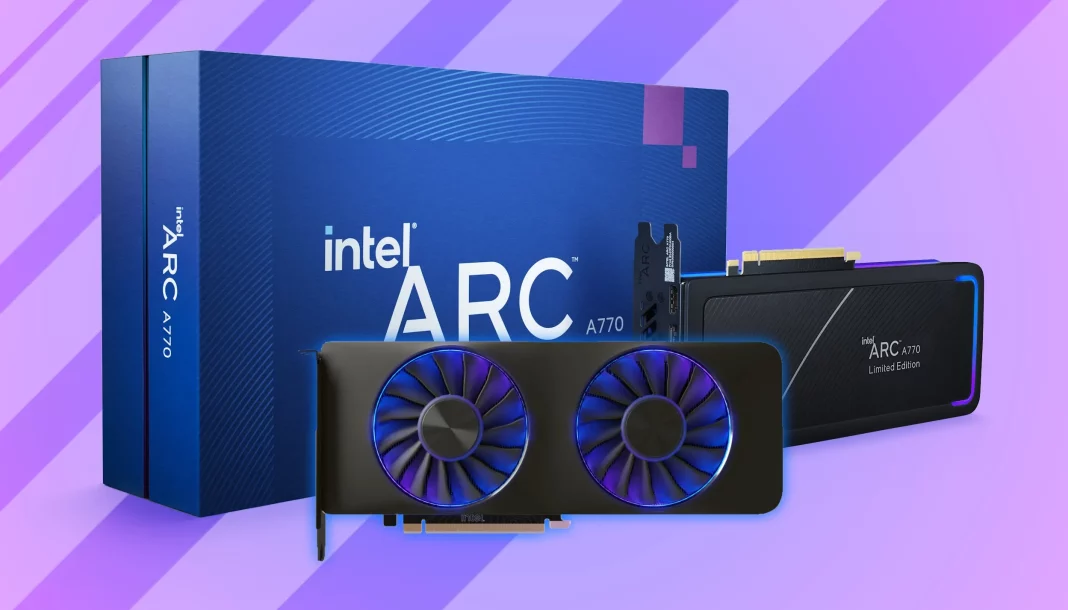Intel Arc is a brand of graphics processing units (GPUs) introduced by Intel, marking the company’s entry into the competitive world of discrete graphics cards. With the aim of targeting the high-margin PC gaming market, Intel Arc competes directly with established players like Nvidia’s GeForce and AMD’s Radeon lines. In this article, we will explore the key features and potential impact of Intel Arc in the graphics card market.
Intel Arc represents Intel’s ambitious foray into the graphics card market, expanding its product portfolio beyond CPUs. The brand encompasses not only the GPUs themselves but also Intel’s consumer graphics software and services. The first generation of Intel Arc GPUs is named Alchemist, with subsequent generations named after letters of the Latin alphabet in ascending order, such as Battlemage, Celestial, and Druid.
Intel Arc GPUs promise to deliver high-performance gaming experiences. With features like hardware-accelerated ray tracing, advanced media engines, and Intel Deep Link technology for faster encoding and streaming, Intel aims to provide gamers with immersive and visually stunning gameplay. The Arc lineup offers a range of options, from the high-performance Intel Arc 7 graphics for AAA gaming to the enhanced mainstream gaming experience of Intel Arc 3 graphics.

The introduction of Intel Arc brings a new level of competition to the graphics card market, which has long been dominated by Nvidia and AMD. While initial impressions of the Arc lineup have been mixed, industry watchers are excited about the potential disruption Intel could bring to the duopoly. The availability of a viable third option could lead to increased innovation, competitive pricing, and improved value for consumers.
Intel has been actively improving its graphics driver software to enhance the performance and stability of the Arc GPUs. Through consistent updates, Intel has addressed issues and optimized performance across a wide range of games. The improvements in software and driver support demonstrate Intel’s commitment to refining the user experience and addressing any initial concerns.
Despite the anticipation surrounding Intel’s entry into the graphics card market, the reception of Intel Arc has been relatively muted. The lack of widespread awareness and excitement can be attributed to factors such as delayed releases, limited marketing efforts, and the dominance of Nvidia and AMD in the market. However, Intel’s continued investment in the Arc lineup and its commitment to improving performance and features indicate a promising future for the brand.
Intel Arc represents a significant milestone for Intel as it ventures into the competitive graphics card market. With its Alchemist generation and subsequent releases, Intel aims to provide high-performance gaming experiences and challenge the long-standing duopoly of Nvidia and AMD. While the initial reception may have been subdued, Intel’s commitment to software updates and improvements suggests a dedication to delivering a compelling graphics card lineup. As Intel Arc continues to evolve, it will be interesting to see how it shapes the future of the graphics card market and offers consumers more options and innovation.





